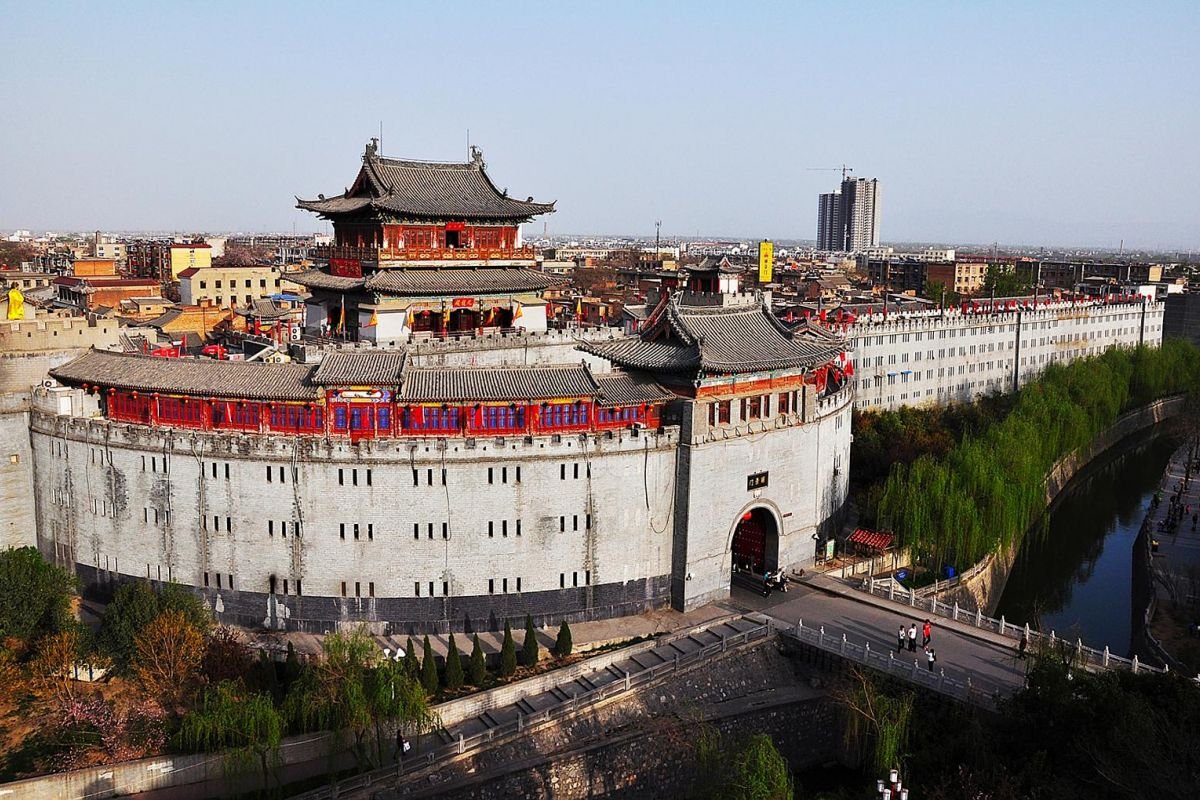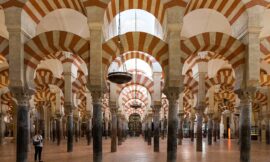Nestled along the fertile banks of the Luo River in Henan Province, Luoyang stands as a living testament to the rich tapestry of China’s history and cultural heritage. With a history spanning over 4,000 years, Luoyang has been a witness to the rise and fall of dynasties, the flourishing of arts and philosophy, and the birthplace of pivotal moments in Chinese civilization. Today, this ancient city seamlessly integrates its storied past with modern developments, attracting travelers with its historical landmarks, cultural treasures, and vibrant urban life.
One of Luoyang’s most iconic attractions is the Longmen Grottoes, a UNESCO World Heritage site that graces the cliffs along the Yi River. Carved over several centuries, from the Northern Wei Dynasty to the Tang Dynasty, the grottoes house an astounding array of over 100,000 Buddhist statues and 2,300 inscriptions. The intricate craftsmanship and artistic expressions found within these caves provide a remarkable chronicle of China’s Buddhist heritage, making Longmen Grottoes a pilgrimage site for both scholars and spiritual seekers.
Another gem in Luoyang’s cultural crown is the White Horse Temple, revered as the first Buddhist temple in China. Established in the 1st century AD, legend has it that the temple was founded after two emissaries traveled to India and returned with Buddhist scriptures carried by a white horse. The temple complex exudes an air of tranquility, with its ancient architecture, serene courtyards, and towering pagoda, making it a significant site for those seeking spiritual solace.
Luoyang’s connection to Buddhism extends beyond these historical sites, reaching into the heart of the city’s identity. The city annually hosts the International Peony Festival, a celebration of the peony flower that holds symbolic significance in Buddhism. The festival, set against the backdrop of Luoyang’s lush peony gardens, showcases a riot of colors and fragrances, drawing visitors from far and wide.
The city’s historic allure extends to the Longmen Ancient Town, where ancient city walls, traditional courtyard residences, and narrow cobblestone streets transport visitors back in time. The Old Town preserves the essence of Luoyang’s imperial past, providing a charming contrast to the modernity that has taken root in other parts of the city.
Luoyang is also celebrated as the venue for the spectacular annual Lantern Festival, held in the White Horse Park. During this event, myriad lanterns illuminate the night sky, creating a mesmerizing display of colors and shapes. The festival, deeply rooted in Chinese traditions, marks the end of the Chinese New Year celebrations and is a testament to Luoyang’s commitment to preserving its cultural heritage.
While steeped in history, Luoyang is not a city frozen in time. Its urban landscape reflects modern developments, with bustling markets, shopping districts, and a vibrant nightlife. The juxtaposition of ancient wonders against the backdrop of contemporary life creates a dynamic and harmonious atmosphere, where the past and present coexist seamlessly.
In conclusion, Luoyang stands as a captivating destination that invites exploration into the heart of China’s cultural and historical legacy. With its ancient grottoes, temples, and historic sites, the city beckons travelers to delve into the depths of its past. Yet, amidst the echoes of antiquity, Luoyang’s modern vitality and cultural vibrancy ensure that visitors experience a city that not only preserves its heritage but also evolves with the spirit of the times. Luoyang, with its rich history and dynamic present, is a destination that offers a profound and multifaceted glimpse into the essence of China.



